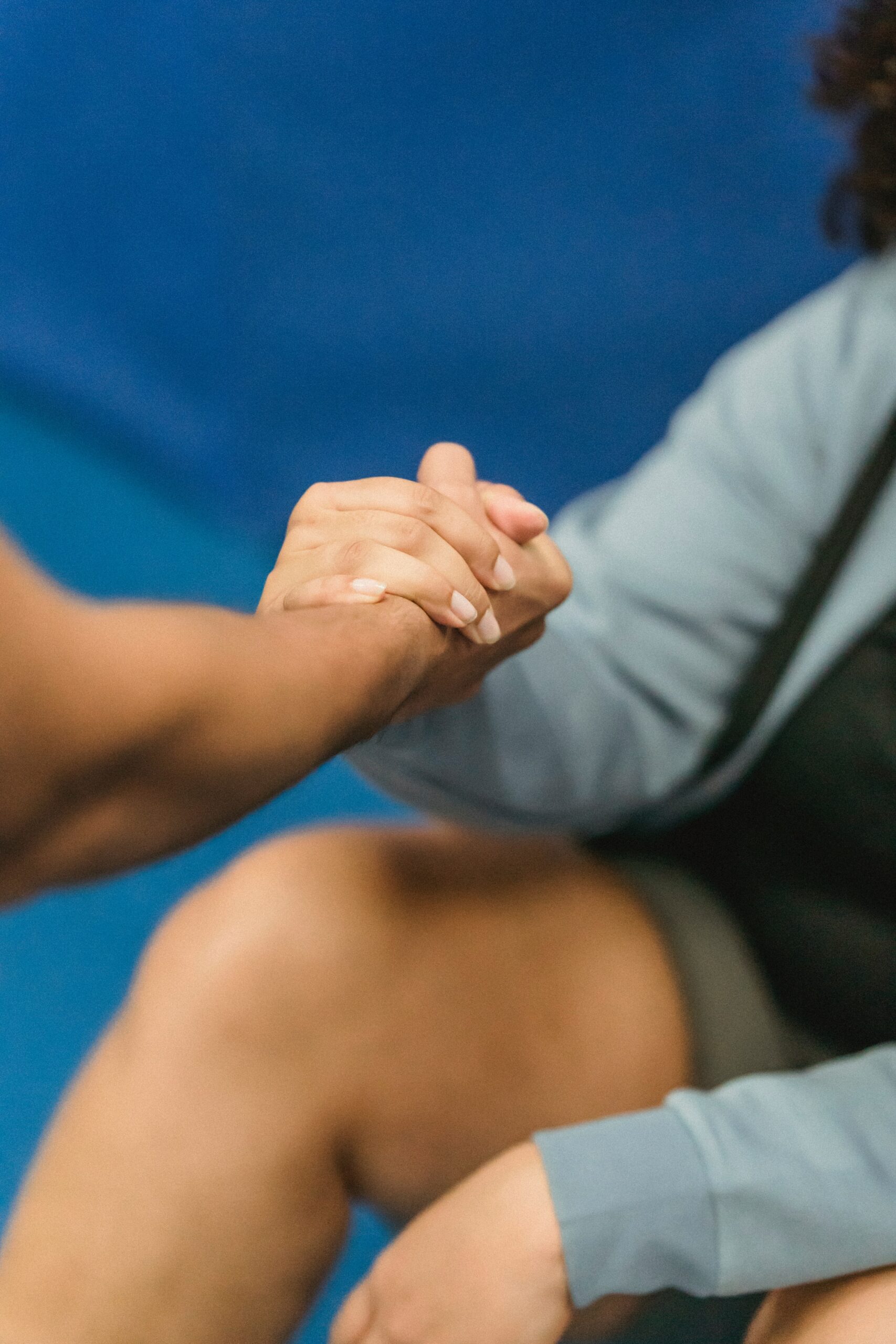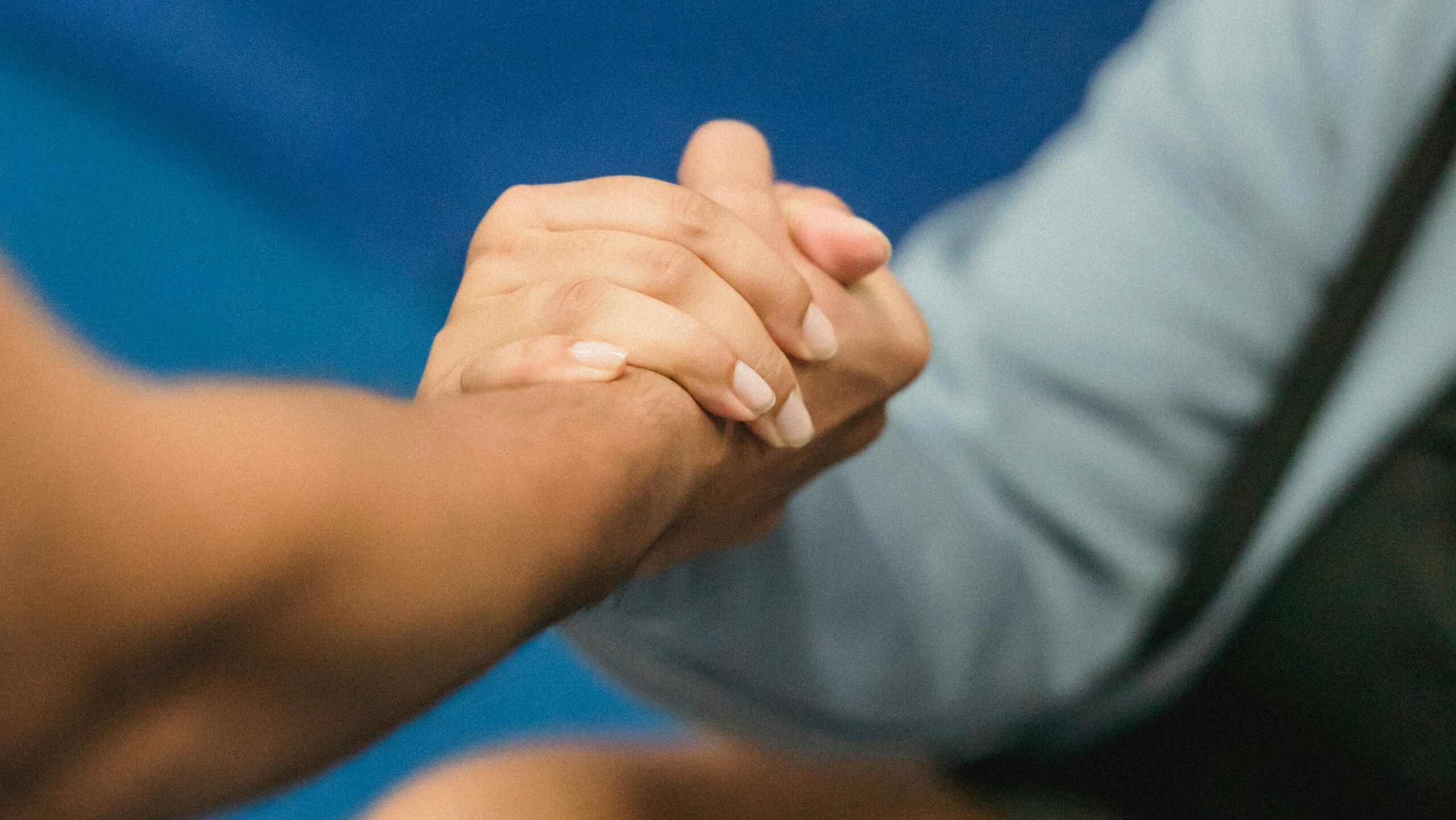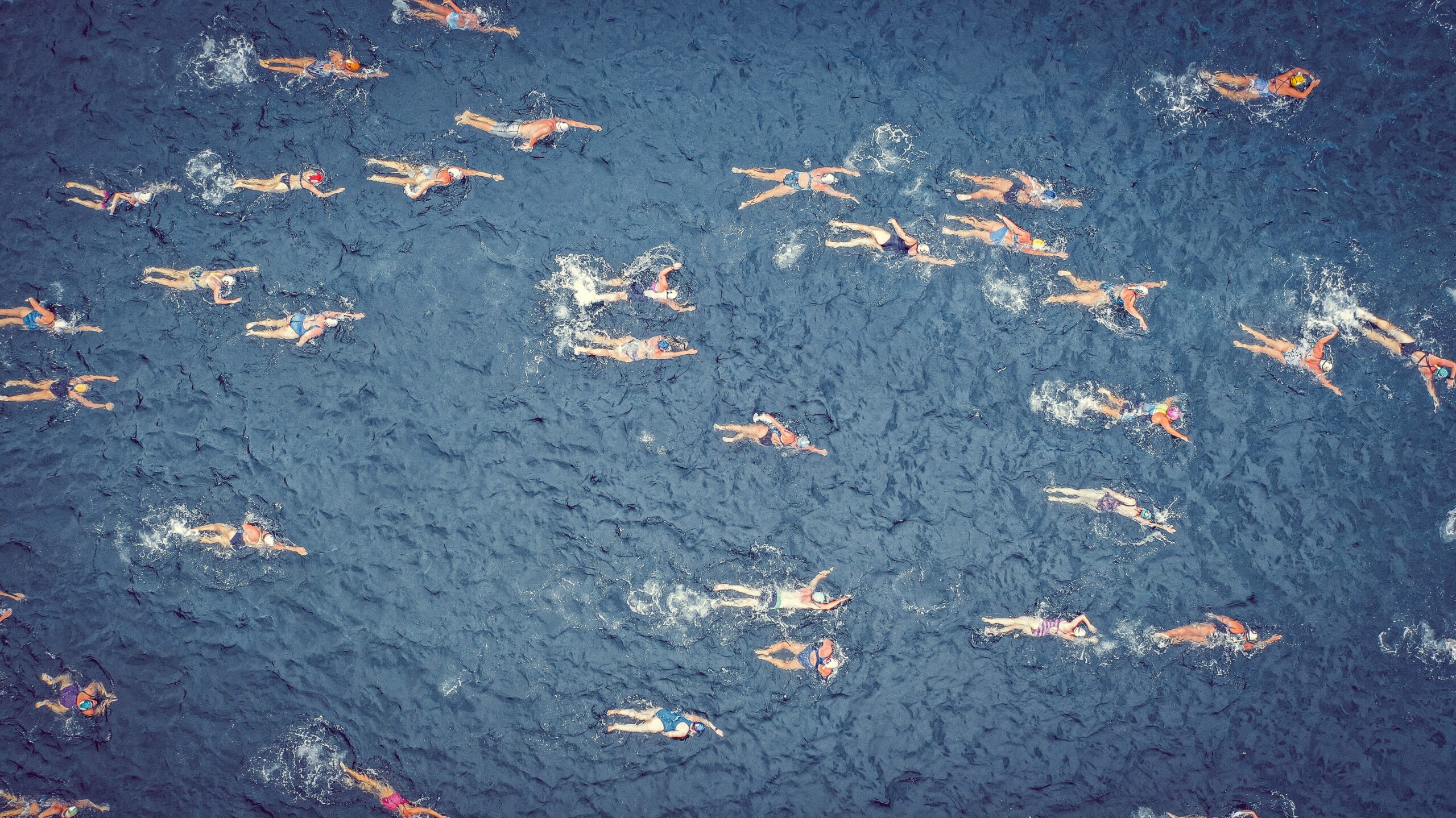
Co-written by Natasja Reicheld of Femma, and Will Scott of WAIS

One of the hardest things about living with endometriosis is having to surrender to the frustration and inconvenience of taking time off work, school, or training, simply because your body (namingly, your pelvic region) doesn’t want to play ball. For many women dealing with endometriosis, painful periods and heavy bleeding can become pretty physically and emotionally debilitating, and this is definitely the case for high performance athletes, who rely on their body to perform time and time again, even though they are chronically affected by this constant pain. It is easy for athletes to feel alone and afflicted with this type of condition, and at times they are often accused of using endometriosis as an excuse because the symptoms aren’t visible.
This was definitely the case in my experience as a competitive swimmer with endometriosis. Many sessions and races were missed, and a lot of guilt was felt as I tried to navigate when to stop and when to keep going. The shame as I had to exit the pool to change my tampon every 60 minutes in the middle of big sets and the disappointment I would feel having not completed them in their entirety would weigh quite heavily on my shoulders. Whilst my days of competing are over, there are a lot of management tips that I learned along the way that definitely subsided the impact of my condition on my performance.
Know your support network
It might suck to admit, but not everyone is going to get it, and that’s okay, because the ones that do will offset any of the negativity and self doubt you may be experiencing from others. It’s pretty cool to have people around that know your total health picture and can help you identify when fatigue might kick in before you reach that tipping point.
Be as transparent as possible
This one is obvious, but hard. Once you have received your endometriosis diagnosis, it is really important to share that information with as many people in your support network as possible. Your coaches and trainers are a good place to start as it is really crucial for them to know what symptoms of your condition affect you and your performance the most. Unfortunately, endometriosis is still quite a new phenomenon, so you’ll have to be open to even your coaches questioning your symptoms and experiences. Essentially the onus should be on them to research what endometriosis is, and learn more about how they can support you. If they are a good coach, they’ll want to do this anyway. Keeping the lines of communication open between yourself and your coach will also build a really trusting relationship as you navigate treatment and management plans alongside your training.

Figure out your threshold
My sport of choice, swimming, was really great for alleviating pelvic pain. As a low impact sport with feelings of weightlessness whilst you float through the water, it definitely mitigated the pelvic pain. Because of this, it was hard to know when going to training or continuing to participate in the session was a good idea or not. I started to notice that whenever my pelvic pain was so bad that my lower back hurt, that I needed to take my foot off the pedal. My coach and I set a hard rule. If my pelvic pain was extending to my lower back, a sign that it was at it’s absolute worst, then I would take a step back and take on a lighter session. If the pain was bad enough to cause nausea, then I missed training all together.
Concerted recovery
It is really important to remember that your recovery after each session, race or competition may take a little longer than your peers. Your proneness to physiological and psychological fatigue means that proactive recovery should be a real priority. This might mean scheduling time during the day for naps, or making sure any time you spend socialising is more relaxed, like having movie marathons.
High iron diet
The catch 22 of most endometriosis sufferers is that they require a high iron diet to both aid recovery from training and restore any iron lost from heavy bleeding, whilst also being encouraged to move away. Without red meat, there are still plenty of high iron foods, including seafood, beans, dark leafy greens, dried fruits and more.